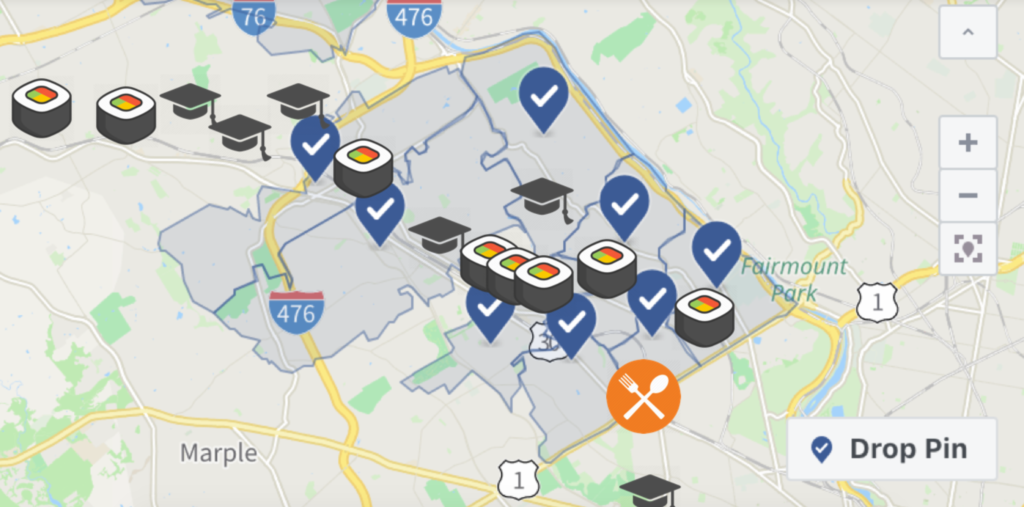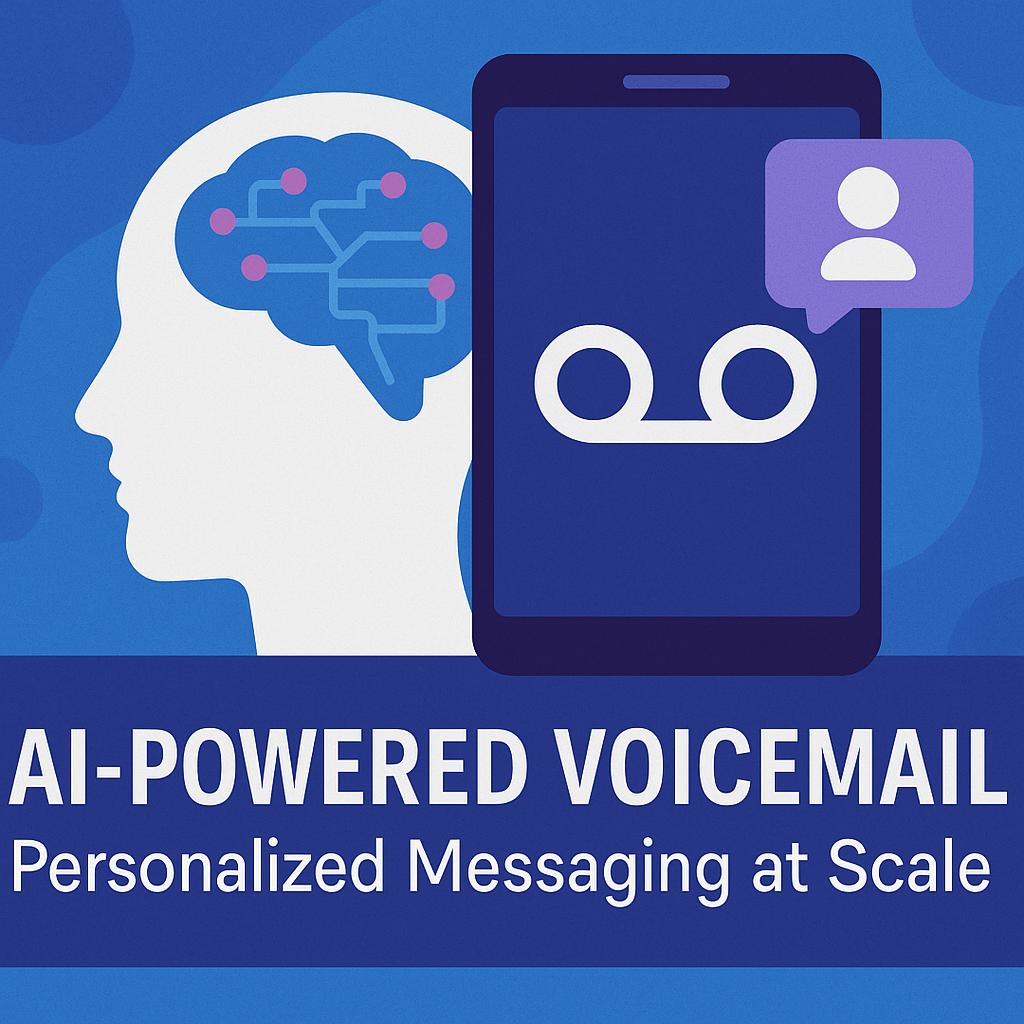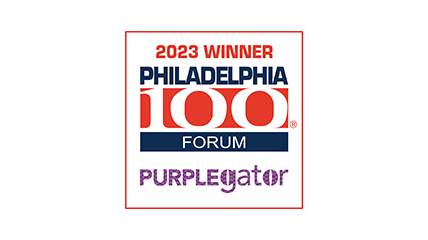Blog /
Types of Messages
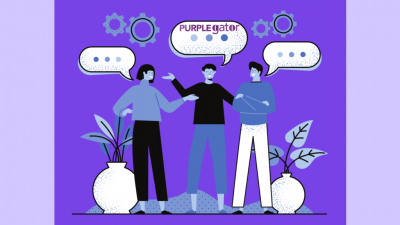
Messaging used to be just one thing — text messaging. But, today it is much more. Below are the different types of messaging that are currently available.
- SMS — SMS stands for “short message service” and it’s the one the public and many of its favorite businesses use every day. SMS has been around as a business mobile marketing tool since 1990 and became quite common for business use about 2007.
- MMS — Multimedia Messaging Services enable a business or organization to send an image, video, meme, or voice file to its consumers. It is used most commonly by retailers in the fashion industry where the image is everything. It certainly is more engaging than SMS, but that comes at a cost. Expect your investment to be about five times greater when sending MMS versus SMS.
- RCS — Rich Communication Services is the heir apparent to the tiring SMS message. It was created in 2007, but languished for over a decade until recently. RCS allows businesses to send high-resolution images, logos, icons and all in color. If you’ve downloaded your airline ticket on your phone, chances are it was sent via RCS.
- Text to Landline — If you’re 35 and under, you probably can’t recall a time when you couldn’t send a text message to a phone number. Many businesses that have been around for a long time, however, have legacy landlines that have been branded over time. But, on a typical landline, a text message goes nowhere. With Text to Landline, a business can text-enable its landline phone so that text messages sent to the number go to a computer or app where the business can interact with its interested customers while the traditional phone calls continue as normal.
- OTT Messaging — Over the Top messaging is found on apps such as WhatsApp, Viber, Facebook Messenger or Snapchat. In other countries, where consumers pay a fee for every text message, the internet-based OTT messaging tools are considerable cost savers for consumers. OTT messaging is especially valuable for Americans when communicating internationally since there is no cost associated with it.
SMS vs. MMS
To brush over these definitions to those who are unfamiliar, SMS allows you to send a text message up to 160 characters to your clientele as long as you have their documented consent. MMS allows you to send thousands of words and include images, voice files, videos, memes, etc. For these reasons, MMS is the most popular form of messaging for the retail and fashion industry. Usually, customers can send a keyword to a short code or a long code to opt-in and receive these text alerts, or reply ‘stop’ to opt-out at any time. The biggest features that differentiate SMS from MMS are that SMS is considerably cheaper than MMS, mostly because it requires less data to send.
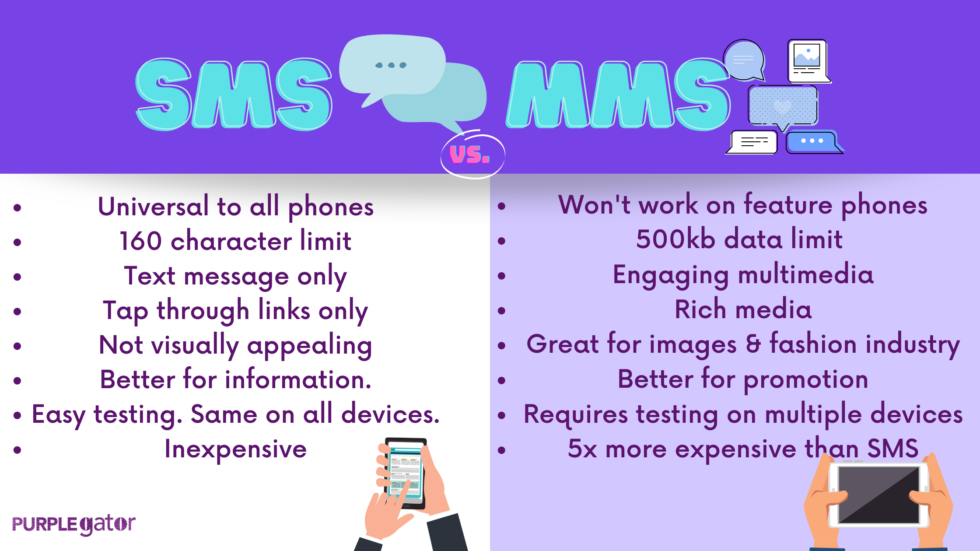
The Power of Messaging: SMS vs. Email Marketing
SMS is often compared to email marketing. But, the facts are that while the carriers and the aggregators do provide statistics on the delivery of messages to a business list, they don’t know how many messages were actually opened. This data is simply not available. You can’t track whether an individual opened your text message or not. (Although that could be especially valuable in the world of dating.)
There are many studies that contrast the power of SMS messaging and its comparison to email marketing. Some of those studies are clearly biased and were commissioned by companies that work in the SMS business. Regardless, one thing is for sure: the open rates for text messages far exceed those of email marketing. According to Mobile Squared, a UK research firm, the open rate for text messages is 99%, but that study was from 2010. A 2018 study showed that the overall open rate for SMS messages was as high as 94%. The most modern study of SMS shows an 82% open rate.
Luckily, email marketing doesn’t have this same problem since email open rates can be determined. Mailchimp recently provided a study that pegged its open rate over many vertical markets. You can read more about the Mailchimp study here. In the restaurant industry, for example, the email open rate was 19.77%.
Advantages of Text Message Marketing
Text message marketing is a force to be reckoned with and here is why:
- Your Personal Inbox — Messages flow right to your same inbox, right along with texts from your Mom. Most of us don’t have a burner mobile phone account like we do with promotional email messages which are sent to our old Yahoo or AOL email accounts.
- Timely — Text messaging is interruptive. When you get a message, your phone notifies you. Have you ever been in a meeting, or talking to a friend, and they whip out their phone to check the text that was just received? Years ago that might have been considered rude; today it is (unfortunately) a generally accepted form of behavior. The immediacy of text message marketing makes flash sales very effective.
- Spam is Low — Sure, we get the occasional spam message via text message, but it’s nothing like the tsunami of spam that outsmarts the spam filter of our emails. In general, the USA has done a great job of regulating text message spam. Hence, we are more likely to open our texts, because most messages received have a definite value.
- Trackable — Every business wants to know just how effective their marketing is. With text message marketing, you can set up tracking links and unique landing pages to track taps throughs and ultimately sales. This enables text messaging to quickly show its value and ROI.



